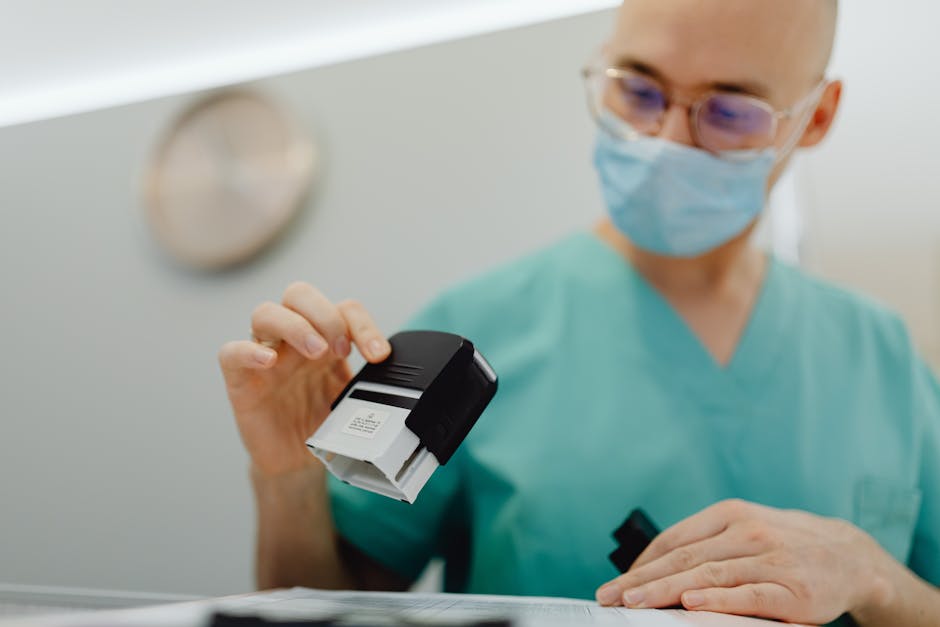
The Role of State Regulations in Ensuring Polygraph Accuracy
Polygraphs, often known as lie detector tests, have been a subject of fascination and controversy for decades. Their ability to distinguish truth from deception has made them a popular tool in criminal investigations, employment screenings, and even in reality TV shows. However, the accuracy of polygraph tests has been widely debated, and this is where state regulations play a crucial role. In this article, we will explore how state regulations ensure polygraph accuracy and why they are essential for maintaining public trust in these tests.
The Basics of Polygraph Testing
Before diving into the role of regulations, it’s essential to understand how polygraph tests work. A polygraph measures physiological responses such as heart rate, blood pressure, respiration, and skin conductivity while a person answers a series of questions. The underlying theory is that deceptive answers will produce physiological responses that differ from those associated with truthful answers.
Technology and Techniques
Modern polygraphs use sophisticated technology to record and analyze physiological responses. However, the interpretation of results depends heavily on the examiner’s skill and the testing methodology used. This variability underlines the need for standardized practices and regulations.
State Regulations: A Patchwork Quilt
In the United States, the regulation of polygraph testing varies significantly from state to state. Some states have comprehensive laws governing polygraph usage, while others have minimal or no regulations. This patchwork of regulations impacts the consistency and accuracy of polygraph testing nationwide.
Licensing Requirements
In many states, polygraph examiners must be licensed to practice. Licensing typically involves fulfilling educational requirements, completing a polygraph training program, and passing a state-administered exam. For example, Texas requires 300 hours of formal instruction and successful completion of a licensing exam.
Standardized Testing Protocols
Some states mandate standardized testing protocols to ensure consistency in polygraph examinations. These protocols outline the procedures examiners must follow, including pre-test interviews, question formulation, and the administration of control questions.
Ensuring Polygraph Accuracy through Regulation
State regulations play a critical role in enhancing the accuracy of polygraph tests. By imposing standards on examiner qualifications, testing procedures, and equipment maintenance, states can help minimize errors and improve public confidence in the results.
Quality Control Measures
Quality control measures mandated by state regulations ensure that polygraph equipment is regularly calibrated and maintained. Regular equipment checks help prevent technical malfunctions that could lead to inaccurate results.
Ethical Guidelines and Oversight
Many states have ethical guidelines that polygraph examiners must adhere to. These guidelines cover issues such as confidentiality, informed consent, and the proper handling of test results. Oversight bodies or licensing boards often enforce these guidelines, providing an additional layer of accountability.
Statistics on Polygraph Accuracy
According to the American Polygraph Association (APA), polygraph tests have an accuracy rate of 80-90%. However, this figure can vary depending on the examiner’s skill and the testing conditions. State regulations help ensure that examiners meet a baseline level of competence, thereby enhancing the overall accuracy of polygraph tests.
Case Studies
Consider the case of John Smith, a polygraph examiner in California. Thanks to stringent state regulations, John has to adhere to specific protocols and undergo regular training. These regulations helped him maintain a high accuracy rate, which was crucial in a recent high-profile criminal investigation.
Actionable Tips for Improving Polygraph Accuracy
If you are considering using a polygraph test, here are some tips to ensure the most accurate results:
Choose a Licensed Examiner
Always opt for a licensed polygraph examiner who adheres to state regulations. Licensing ensures that the examiner has undergone the necessary training and adheres to standardized testing protocols.
Ensure Proper Equipment Maintenance
Verify that the polygraph equipment is well-maintained and regularly calibrated. This step is crucial in preventing technical errors that could compromise the test results.
Understand the Limitations
Be aware that polygraph tests are not foolproof. Understanding their limitations can help you interpret the results more accurately and avoid placing too much weight on a single test outcome.
Conclusion
State regulations play an indispensable role in ensuring the accuracy and reliability of polygraph tests. By enforcing examiner qualifications, standardized procedures, and ethical guidelines, states help mitigate the risks of inaccurate results and bolster public trust. As polygraph technology continues to evolve, the need for robust state regulations will remain critical in safeguarding the integrity of this controversial yet fascinating tool.
